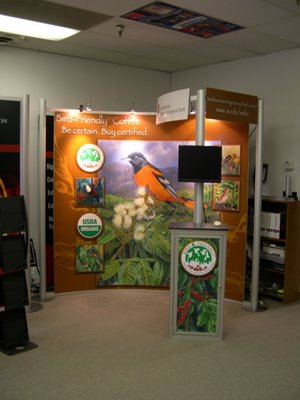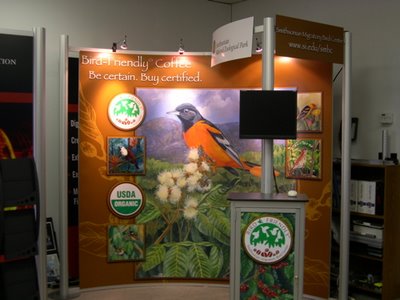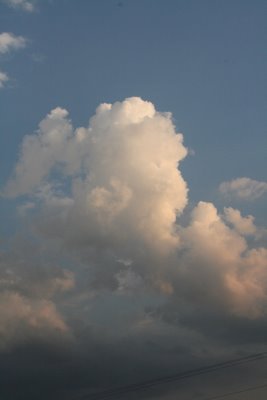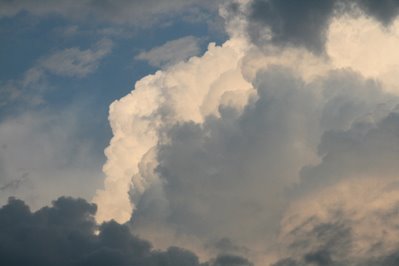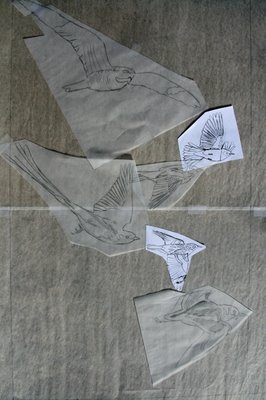Under Tropical Skies
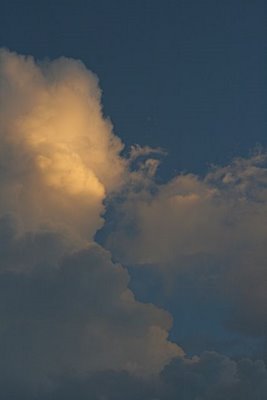
At the risk of giving you severe whiplash, I have to go back to Guyana now. I have loved being in Ohio for the winter; I think it has shown its best side, and sharing it with you has been a blast. But I need to remember Guyana, a once-in-a-lifetime experience, and share it, too, before the joyous riot of spring hits Ohio and I'm chasing down bright warblers in dappled woods. It is a life full of possibility and promise.
Having just exposed the many beauties of the ice and snow, I thought I'd show you a tropic sky that I expect never to see again. We were at at a delightful eco-resort not far from the Rupununi River, in the savannahs at the foot of a mountain range. Yes, there are mountains in Guyana; it's one of the reasons it's so diverse in flora and fauna. On an evening at Rockview Lodge, Kevin Loughlin, Mike Weedon, guide Luke Johnson and I took an easy stroll along the foothills of the Pakaraima Mountain Range.
We were passed by a bicycle odd couple. Get a load of the wheels!
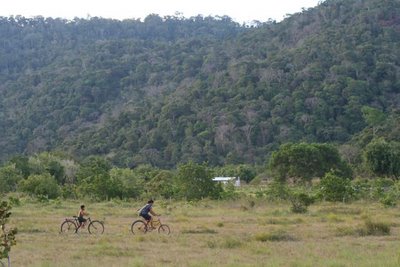 An ancient form of transport: burro.
An ancient form of transport: burro.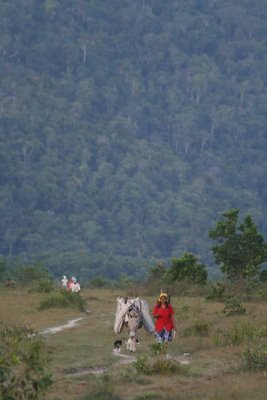 I tried so hard to capture the shadowed landscape and the towering thunderheads, but Kevin Loughlin patiently explained why my camera just couldn't do both. I had to pick either the sky or the landscape for my light reading. So I picked the sky.
I tried so hard to capture the shadowed landscape and the towering thunderheads, but Kevin Loughlin patiently explained why my camera just couldn't do both. I had to pick either the sky or the landscape for my light reading. So I picked the sky.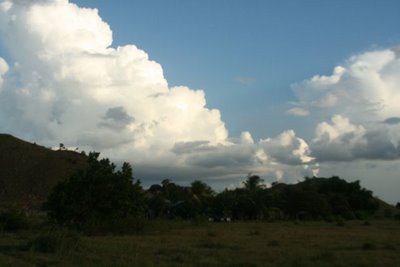 Even toward evening, it was hotter than Hades. I'm not used to sweating at sundown. But the sky made me forget my discomfort; everywhere I looked was a party. I look at this and almost expect a unicorn to stroll out of the trees.
Even toward evening, it was hotter than Hades. I'm not used to sweating at sundown. But the sky made me forget my discomfort; everywhere I looked was a party. I look at this and almost expect a unicorn to stroll out of the trees.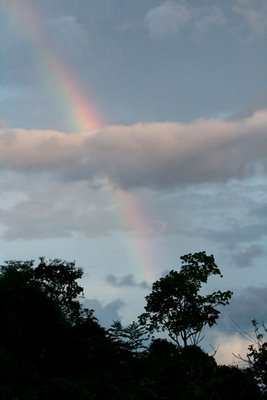 But the best was around the corner. As we stood gaping at the changing cloud formations, a big flock of Nacunda nighthawks appeard out of nowhere, skimming low over the savanna. The Nacunda is a huge bird, paler below than any nightjar save the sand-colored. The light was far too low and the birds too swift for photos, but it was an experience I'll always remember, to be surrounded by them, almost ducking as they swept by.
But the best was around the corner. As we stood gaping at the changing cloud formations, a big flock of Nacunda nighthawks appeard out of nowhere, skimming low over the savanna. The Nacunda is a huge bird, paler below than any nightjar save the sand-colored. The light was far too low and the birds too swift for photos, but it was an experience I'll always remember, to be surrounded by them, almost ducking as they swept by.Looking up from the birds, I spotted something in the sky I wasn't sure I could be seeing.
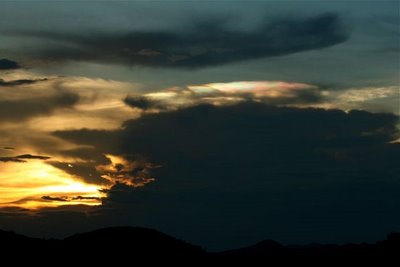 A hole had appeared in the cloud layer, a hole with colors of mother-of-pearl.
A hole had appeared in the cloud layer, a hole with colors of mother-of-pearl.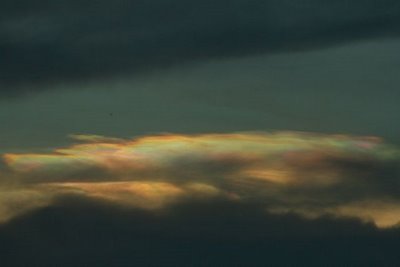
Iridescent pink, green, gold and blue shimmered and changed in evanescent waves. The only other place I've ever seen such hues are in the Northern Lights.
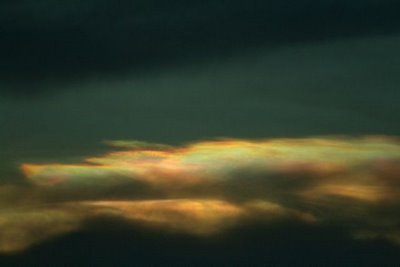 Perhaps these were the Southern Lights.
Perhaps these were the Southern Lights.We walked back in near total darkness. When night falls near the equator, it falls with a clunk. I felt lucky to be alive, lucky to have seen the hues of a different rainbow in a place so far from home.
At the risk of ruining the mother-of-pearl glow of this post, I'm marooned at Pico Bonito Lodge in Honduras as we speak, plugged in, wishing it would stop raining but knowing it won't. Birding in this is like standing under a hose, bumbershoot weather. Maybe it's God's way of forcing me to check some birds off on the list, catch up with email, download some photos. Dunno, but when you've got three days left of a tropical birding trip, it's kind of a drag. Cotingas, denied! Still, it's warm and green and wet and very, very beautiful, and I'm sure many of y'all would prefer it to another durn Nor'easter. But it makes me miss my babehs.
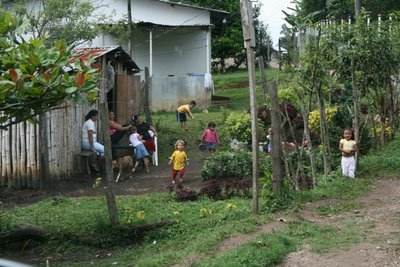
Home Friday. Sigh. Somebody out there, part the clouds?
Labels: cloudscapes, Guyana South America, Sunsets

